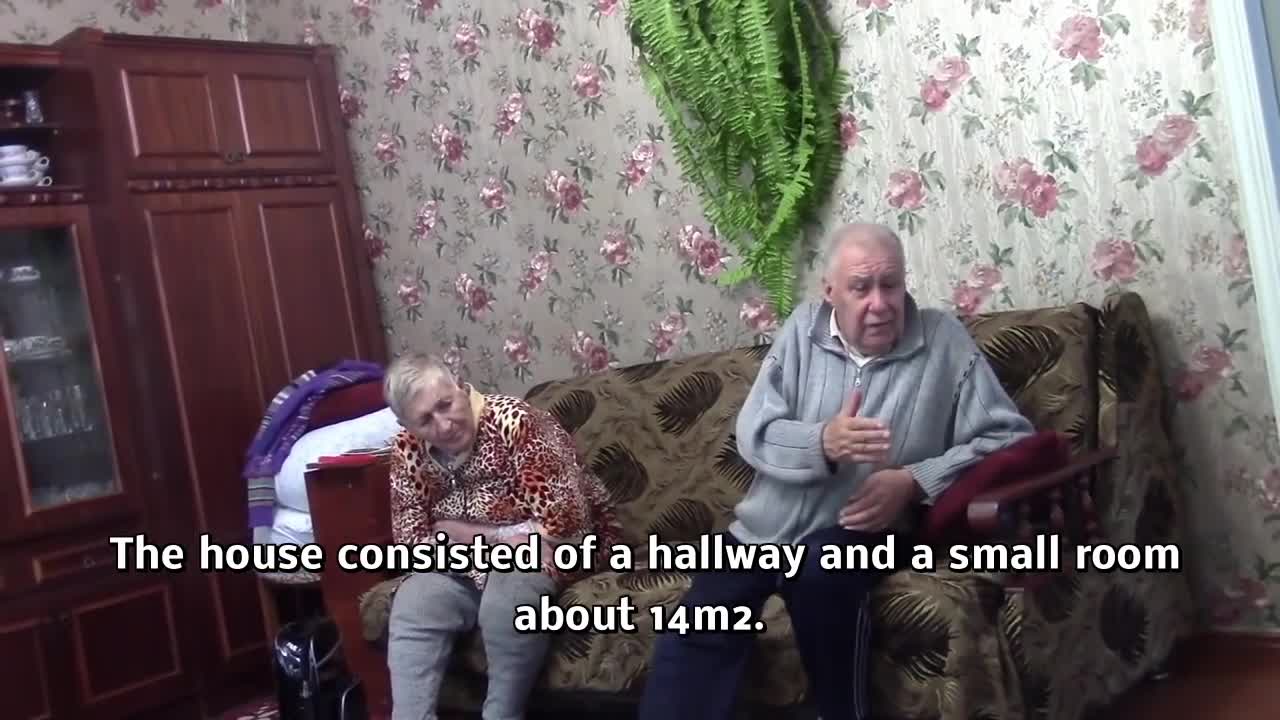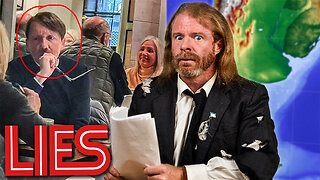Premium Only Content

Victims of Power
Ethnocide of 500000 ethnic Ukrainians who were citizens of the Second Polish Republic and they were expelled from their homeland in the Poland People’s Republic to Soviet Ukraine in 1945-1951. According to the agreement between the Government of the Ukrainian Soviet Socialist Republic and Polish Committee of National Liberation evacuation of Ukrainian population from the territory Poland and Polish citizens from the territory of the USSR signed September 9, 1944 which was forcibly deportation Ukrainian population who were citizens of the Second Polish Republic. Yalta (Crimea) Conference of the Allied Powers (4 -11 February 1945) – the meeting of leaders of the anti-Hitler coalition - the USSR, the US and the UK - during the Second World War, dedicated to the establishment of the post-war world order. It was necessary to install unofficial but generally accepted by all parties to the line between the spheres of influence of the Allies - the work which was begun at the Tehran Conference in 1943. The redistribution of boundaries Roosevelt, Churchill and Stalin, having gone on mutual concessions, agreed on almost all counts. As a result, the land where ethnic Ukrainians lived for centuries were given to Poland. In another agreement was signed during the conference, which was very important for the Soviet side, namely an agreement on the repatriation of military and civilian, that is displaced - persons released (captured) in the territories captured by the Allies. In the result of this agreement people were transferred to the Soviet side not only Soviet citizens and the Ukrainian population lives in centuries, never had Soviet citizenship. Stalin tried to create not just political borders but also to reinforce their ethnic boundaries, engaging in resettlement, eviction, as well as religious, liquidated the Greek-Catholic Church and transferring its faithful to Orthodoxy. part of the section according to the Molotov - Ribbentrop Pact. Stalin received the international legitimacy of the Western Allies in Yalta on those areas that were actually captured in 1939. Before World War II, a number of large population movements were the result of bilateral agreements and has received the support of international organizations such as the League of Nations. But changes began when the Charter of the Nuremberg Trials of German Nazi leaders accused of forced deportation of civilians during the Second World War as a war crime and a crime against humanity. At the heart of change has been a tendency to take into account human rights, thereby limiting the rights of nation states impose decrees that affect them."Where is the movement of the population used as a means of resolving the ethnic conflict, today, forced displacement of the population considered to be a violation of international law." (Denver Journal of International Law and Policy, in spring 2001, P116).Thus, although the signatories of the agreements of the Yalta and Potsdam conferences on the eviction of civilians is lawful in accordance with international law of the time, the present historians and scholars in the field of international law and human rights, have revised their evaluation of events and claim that the transfer of population Poles and Ukrainians in Eastern Europe should be regarded as episodes of ethnic cleansing, and thus a violation of human rights.
-
 LIVE
LIVE
Redacted News
41 minutes agoNetanyahu Boasts Control Over Trump: Is Criticizing Israel About to Become Illegal?
5,727 watching -
 LIVE
LIVE
Candace Show Podcast
48 minutes agoBREAKING NEWS: I Got Served For ANOTHER Lawsuit | Candace Ep 169
4,431 watching -
 2:13:41
2:13:41
The Quartering
3 hours agoMillions Of Illegals Given Social Security Numbers, Wisconsin Supreme Court Race, Star Wars & More
109K43 -
 1:17:33
1:17:33
Awaken With JP
4 hours agoHitler Escaped to Argentina? (April Fools Special) - LIES Ep 85
17.8K19 -
 LIVE
LIVE
Revenge of the Cis
2 hours agoEpisode 1467: Mid-Wife
965 watching -
 23:55
23:55
The Brett Cooper Show
5 hours ago $1.44 earnedWhy Selling Your a$$ Online Is Not A Good Idea | Episode 16
5.15K16 -
 LIVE
LIVE
Right Side Broadcasting Network
4 hours agoLIVE: Task Force on the Declassification of Federal Secrets: JFK Files - 4/1/25
2,689 watching -
 LIVE
LIVE
The HotSeat
1 hour agoPam Bondi seeks Death Penalty + Booker is still going and Hot Seat Calls LIVE!
609 watching -
 LIVE
LIVE
Jeff Ahern
1 hour agoTrending Tuesday with Jeff Ahern (1pm Pacific)
135 watching -
 21:10
21:10
Talk Nerdy Sports - The Ultimate Sports Betting Podcast
39 minutes ago4/1/25 - No Jokes. Just Units.